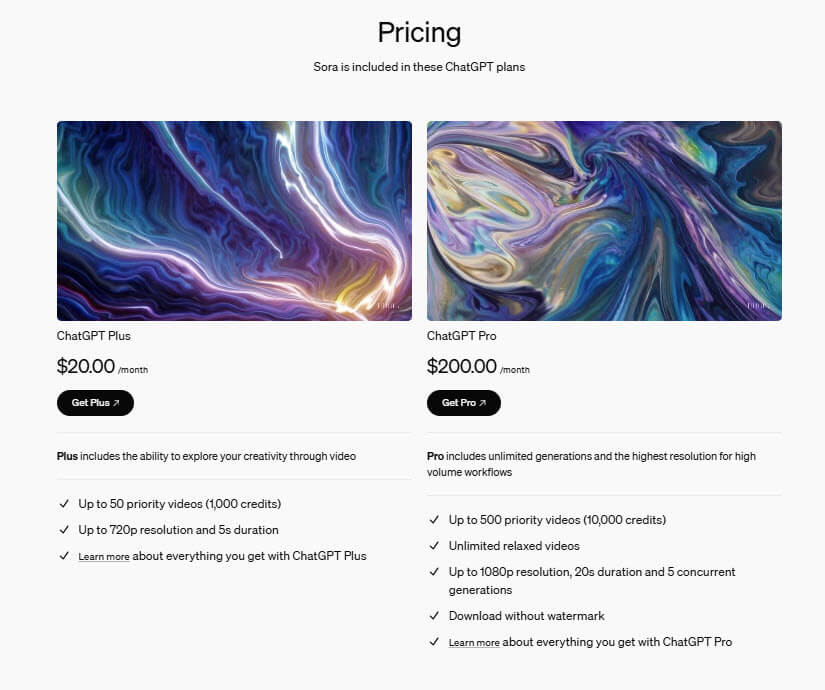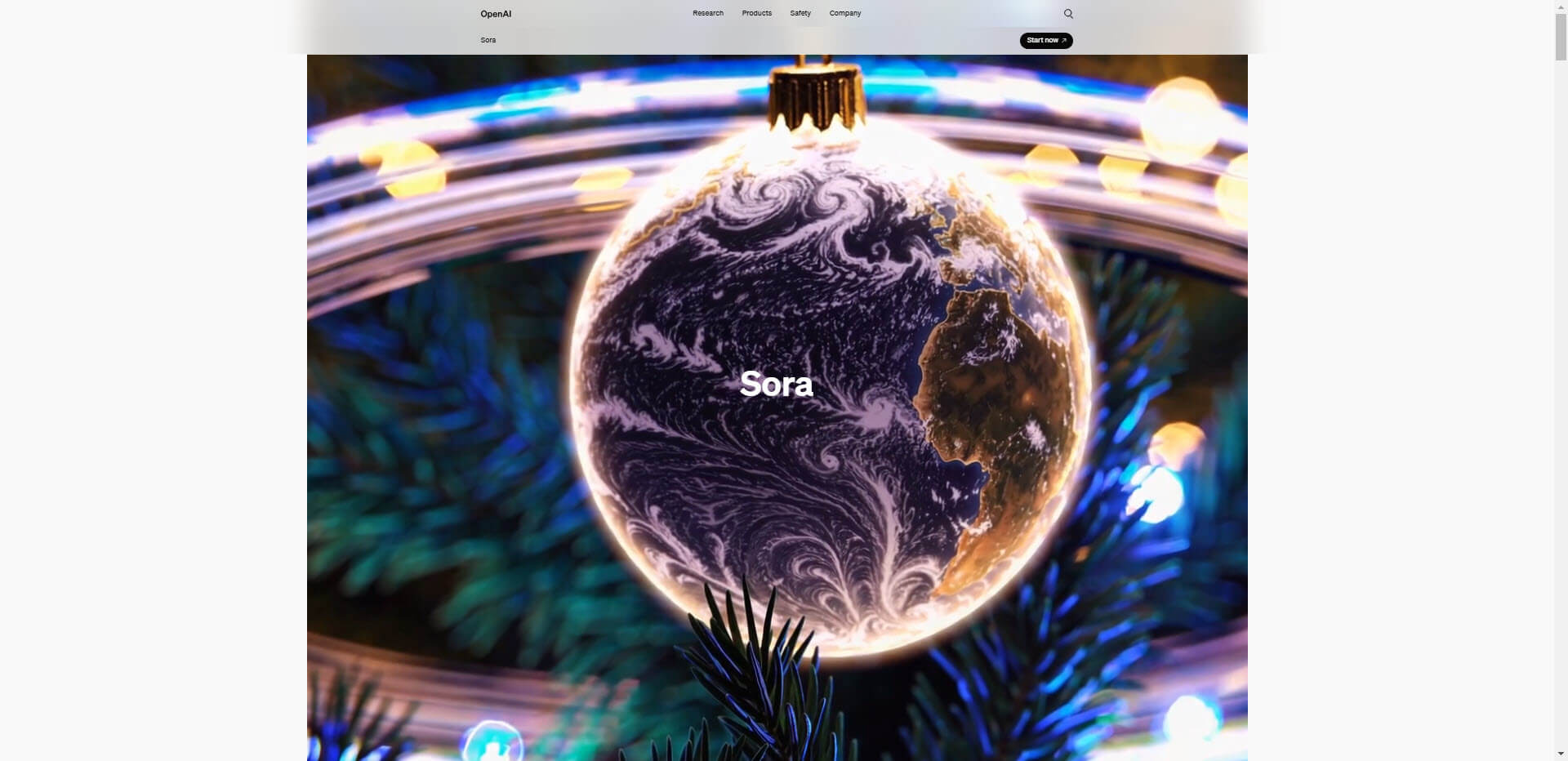The release of OpenAI’s Sora has reached a new milestone in the development of AI technologies. This extraordinary combination of advanced speech processing and text-to-video generation could permanently change the way companies and individuals use AI.
Advanced speech processing capabilities
Sora impresses with accurate natural language processing and the ability to generate human-sounding text and analyze complex language structures. Whether for customer support, content generation, research or language translation, Sora can use targeted analysis to capture emotional moods and deliver appropriate, contextual responses. This versatility brings AI-powered communication solutions to a smarter and more empathetic level, developed on a broad data-driven basis.
Another highlight of the technology is the interplay of comprehensive data sources and proprietary information provided in partnership. This diversity in the database increases the ability to provide solutions for globally different cultural and linguistic requirements. Sora thus opens up numerous opportunities in an increasingly networked digital world.
Generative AI: text becomes video
One of Sora’s most exciting approaches is the text-to-video function. Based on advanced diffusion models, a simple prompt is transformed into a short video of up to 20 seconds in length. Soon, up to 60 seconds of video could be possible. Of particular note is the ability to achieve temporal consistency, allowing the creation of smooth, coherent movements and scenery. Such a standard sets Sora apart from many existing models and makes it a valuable tool for video production – from marketing campaigns to visually assisted learning.
The ability to actually make video productions accessible through text-based input could drastically reduce both the cost and time involved in content creation. This development is of enormous interest to creative industries, educational institutions and communication departments in particular.
User-friendliness: one AI for all
Sora’s accessible user interface underscores OpenAI’s mission to provide AI for both tech-savvy experts and everyday users. The newly introduced design improvements balance Sora’s aspiration to be both powerful and intuitive.
An additional function, which is currently being reported by pilot users, allows real people to be inserted into virtual video scenes. However, this function is still being tested and is likely to contain surprise elements as the broader release development progresses. OpenAI emphasizes the importance of ethical guidelines and data protection.

OpenAI has also initiated the introduction of a subscription model: For just 20 USD, multiple accesses to the technologies are guaranteed. The combination of affordable license models and forward-looking features could accelerate market adoption.
The potential of Sora: where is it headed?
With use cases ranging from virtual tutorials and automated customer service to the creation of high-quality videos, the developments around Sora will inevitably lead to greater efficiency and creativity in existing work processes. At the same time, the commitment of the developers at OpenAI illustrates the ambition to continuously expand Sora in line with user needs. The impact on media, marketing and education could therefore be profound.
Summary of the highlights
- Sora provides accurate natural language processing for various applications such as customer service, research and content generation.
- Through text-to-video generation, Sora opens up innovative possibilities for cost-efficient media productions.
- Time consistency ensures visually uniform, smooth video scenarios.
- Subscription model from 20 USD/month enables extensive use and testing of future features.
- Continuous improvements and consideration for ethics and data protection guarantee longevity and trustworthiness.
With Sora, OpenAI is establishing a highly adaptive and functional tool that exemplifies the innovative power of the AI industry. Insights, discussion and exchange about upcoming developments will contribute significantly to fully exploiting the potential behind this technology.
Sources: OpenAi







